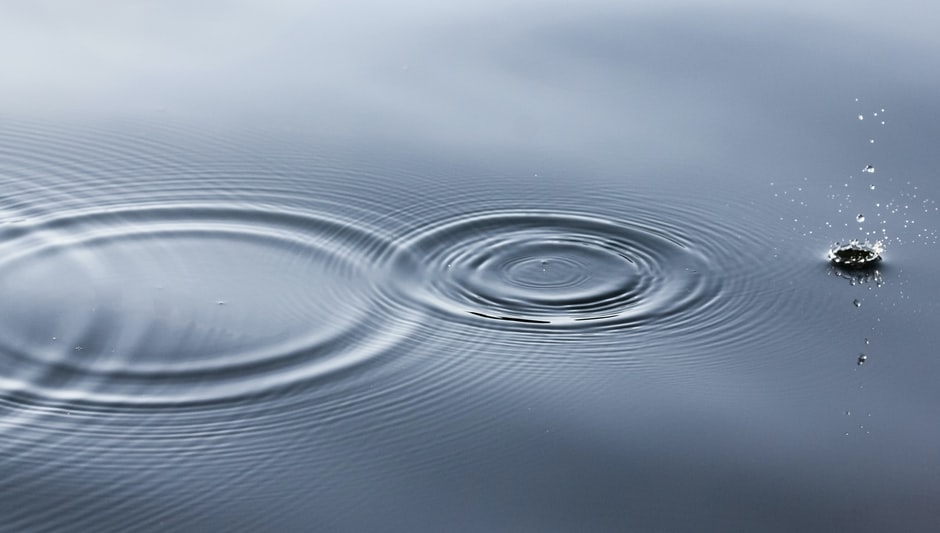“Green Water” outbreaks are caused by a sudden population explosion of suspended algae known as phytoplankton. Unlike other algae species that grow on the glass or objects in the aquarium, green water algae float about the tank and grow by the billions in a short period of time.
In the case of the “green water” outbreak, the algae bloom was so large that it was visible to the naked eye, according to a statement from the National Oceanic and Atmospheric Administration (NOAA).
The algae, which can grow up to 20 feet (6 meters) in length, can be found in all types of water, but it is most common in warm, shallow waters such as lakes, rivers, and oceans.
Table of Contents
Why does my fish tank keep getting green algae?
If the tank gets direct sunlight during the day, it can cause green water to come from too much lighting, as well as an ammonia spike from a new tank that has not been properly aerated.
Does too much light cause algae in aquarium?
Too much light causes more algae growth. If necessary, reduce the time the aquarium lights are on to eight hours to reduce the amount of light that is absorbed by the algae. This will help prevent the growth of harmful algae, such as blue-green algae and cyanobacteria, which can be harmful to fish and other aquatic life.
What kills algae naturally?
Black algae has long and stubborn roots, which make it difficult to get rid of, so make sure you get every last particle free. If you can’t get to the root of the problem, you’ll need to treat the entire wall with a solution of boric acid. This is a strong alkaline solution that will kill any algae that may be present.
You can buy it at most hardware stores, but it’s best to use it in a well-ventilated area. If you don’t have access to a ventilator, use a garden hose to spray the area with the solution and let it sit for a few hours. The solution should be able to penetrate deep into the wood, killing any remaining algae.
Is green water harmful to fish?
Green aquarium water is not considered dangerous to fish. Many fish live in green-colored water in their natural environment. The same applies to plants. It shouldn’t be a problem that the green aquarium water feeds on many of the same things that your plants do.
If you are concerned about the health of your fish or plants, you may want to consider adding a few drops of aquarium salt to your water. Aquarium salt is made up of calcium carbonate and sodium bicarbonate, and it is used to keep fish and plants healthy. It is also used as a natural preservative to prevent bacteria from growing in your aquarium.
How often should I change water in fish tank?
25% water change every two to four weeks is what you should be doing. The fish should not be removed during the water change. You should use a gravel cleaner or stir the gravel during this time.
If you do not have access to a water softener, you can add a small amount of distilled water to your aquarium water. This will help to reduce the hardness of your gravel. You can also add some calcium carbonate (available at most grocery stores) to the aquarium to help reduce hardness.
Why is my new fish tank cloudy after one day?
It is not uncommon for the aquarium to become cloudy after starting a new aquarium. This is due to beneficial, nitrogen converting bacteria colonizing to oxidize ammonia and nitrites. If you notice that your aquarium is becoming cloudy, you may need to add a few drops of ammonia or nitrite to your water.
Why is my fish tank still cloudy after cleaning it?
If cloudy aquarium water occurs after a tank cleaning, after a filter cleaning, or after stirring up aquarium gravel or substrate, then the issue may be the result of an excessive release of organic materials into the water column. This can be caused by a number of factors, including: The use of a high-quality aquarium cleaner, such as Aquaclear, which is designed to remove all organic material from the aquarium.
A tank that has been thoroughly cleaned and rinsed with distilled or RO (reverse osmosis) water before the tank is cleaned. The RO water should be at a temperature of at least 70°F (21°C) and should not have been exposed to heat or direct sunlight for more than a few minutes before being used for the cleaning process.
If this is not the case, you may need to add a small amount of distilled water to the clean tank before using it for cleaning. A tank should never be left unattended while it is being cleaned, as this can result in a buildup of bacteria and other contaminants that can lead to a bacterial or fungal infection in your fish tank.
Do LED aquarium lights grow algae?
Contrary to what you may have been told, LED lights do not cause algae growth any more than other aquarium lighting options. Depending on your aquarium’s needs, some LED lights have dimmer or brighter light options. LED lights can be used in a variety of aquariums, including freshwater, saltwater, and salt-tolerant fish species. They can also be added to an existing aquarium to provide a more natural look and feel to the tank.
